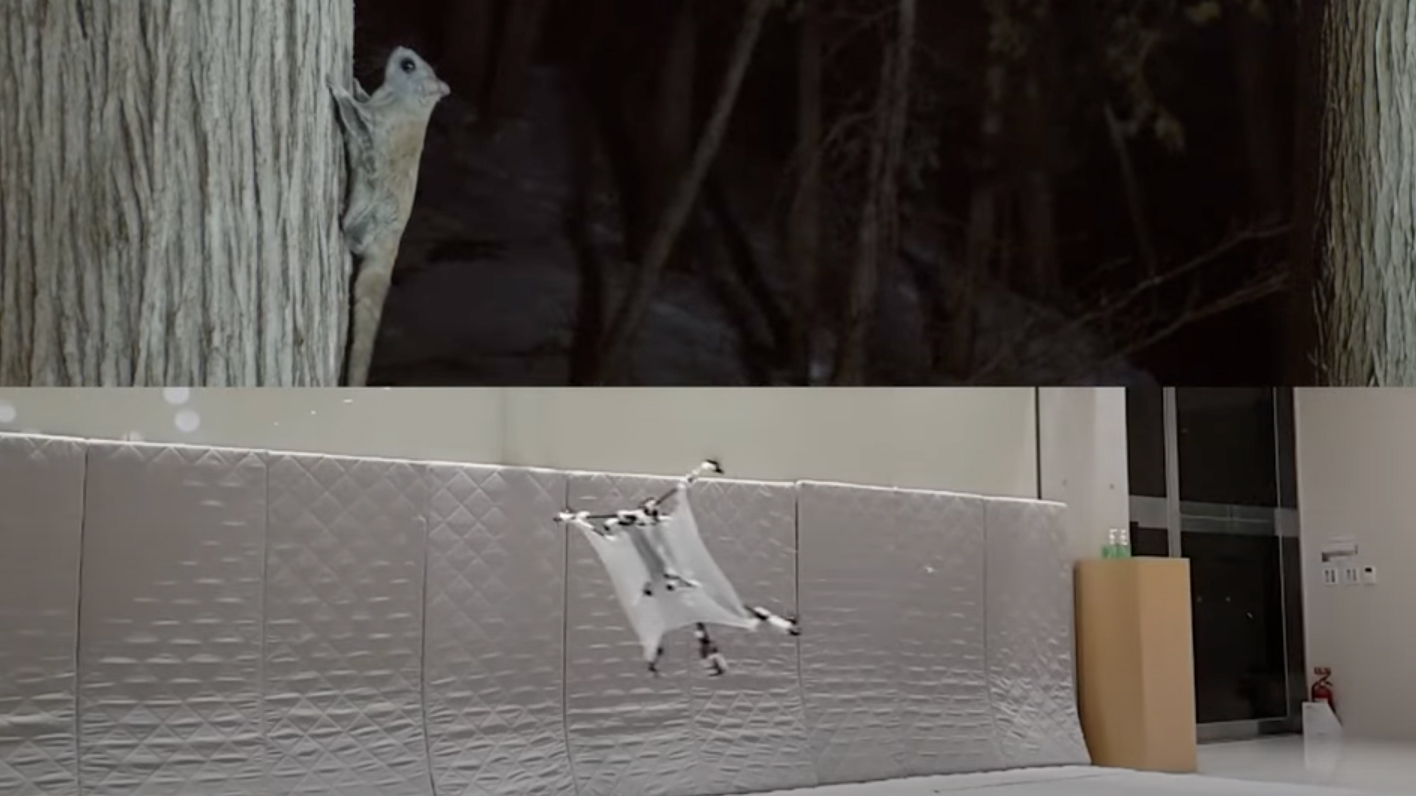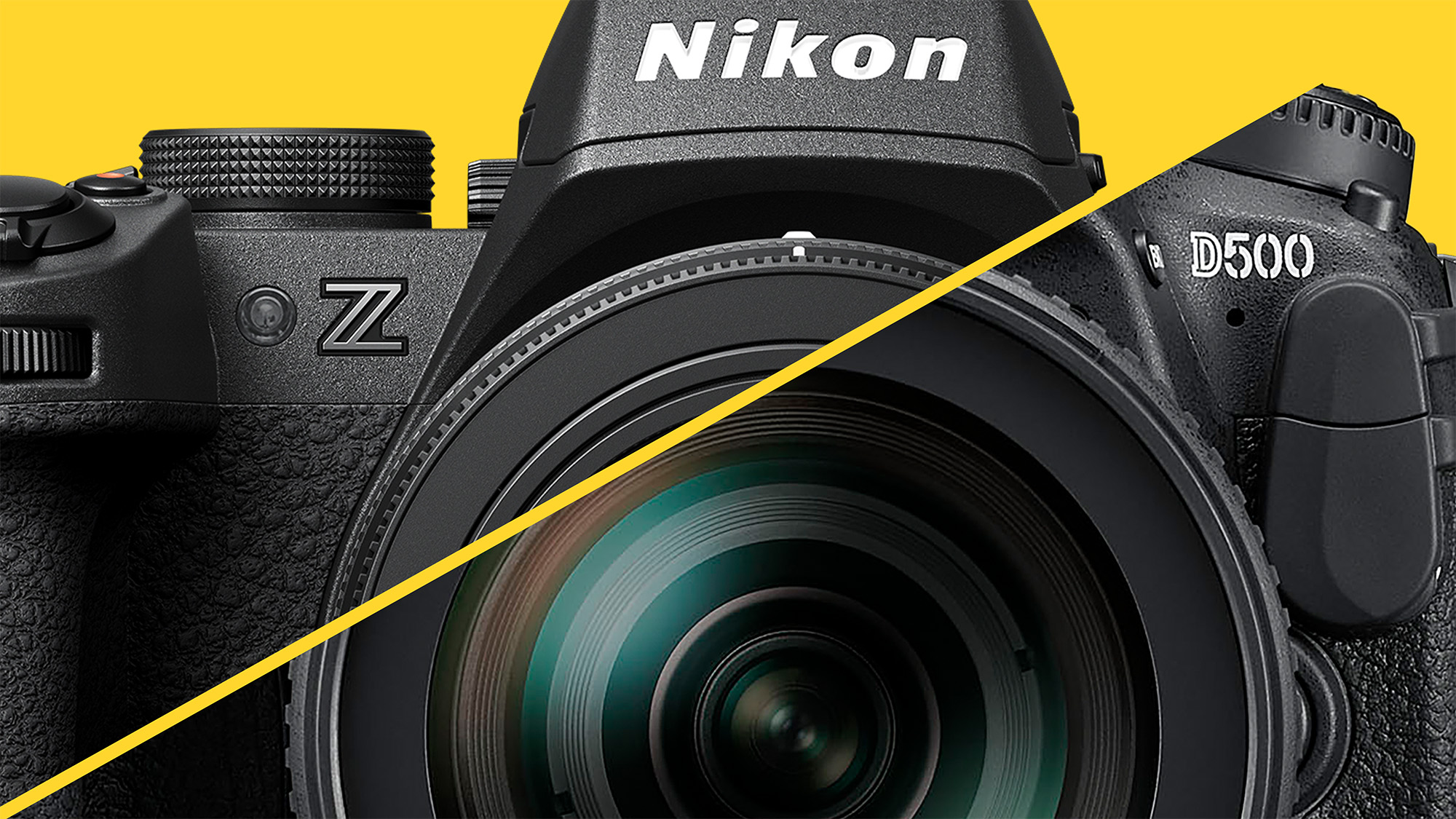South Korea enters drone race – with a squirrel!
Is it a bird? Is it a drone? No it's a squirrel… no, wait, it IS a drone. New design could revolutionize drones (and it's still not American)

The internet has gone mad over this South Korean drone project inspired by a flying squirrel. Could the Chinese finally lose their dominance of the quadcopter market to a newcomer with a different idea?
This YouTube post by Jun-Gill Kang certainly has some evidence to suggest it might:
![[IROS23] A highly maneuverable flying squirrel drone with controllable foldable wings - YouTube](https://img.youtube.com/vi/Cfc-llDb3_k/maxresdefault.jpg)
Of course, this isn't actually a flying squirrel. But the South Korea-based researchers have looked at adding a servo-based 4-bar structure to the legs that can act to rapidly extend or contract a sheet-like material, which acts like the wing of a flying squirrel.
This has exciting implications for drone design. The flying squirrel doesn't actually fly, as such, but makes the jump from tree to tree and then extends the membrane, called a patagium, to use as a wing to glide with.
They can steer through the air by moving their legs (though they also have a tail to slow the final part of their descent).
The research paper points out that adding this feature to quadcopter drones (and, indeed, all multi-rotor designs) would address a number of issues to do with maneuverability.
Silicone is suggested as a material in place of the squirrel's biological membrane, but the researchers have – as the video demonstrates – been able to build the basic concept and begin the research needed for 'biomimicry' (literally mimicking the biological approach).
The best camera deals, reviews, product advice, and unmissable photography news, direct to your inbox!
The result should be a drone that can alter its aerodynamics, introducing drag when needed to either reduce the speed of its descent or to slow down. The paper also suggests that machine learning could play a role.
While authors – Jun-Gill Kang, Dohyeon Lee and Soohee Han at the Department of Convergence IT Engineering, Pohang University of Science and Technology – have yet to develop a commercial product, the video shows that a very new type of drone seems to be well on the way to market.
And, once again, a revolutionary technology in this space is being developed a long way from the United States.
That's interesting, because drone customers in the US are currently facing the threat of tariffs reducing their freedom of choice – especially in markets where it is perceived that US companies are struggling and need 'protection' from foreign companies.
In drones, that was DJI in China. But it doesn't look like the next innovation is coming any closer to home.
You might also like
Check my guide to the best non-DJI drones if you need to buy a drone from another brand, or just the best drones for beginners.

With over 20 years of expertise as a tech journalist, Adam brings a wealth of knowledge across a vast number of product categories, including timelapse cameras, home security cameras, NVR cameras, photography books, webcams, 3D printers and 3D scanners, borescopes, radar detectors… and, above all, drones.
Adam is our resident expert on all aspects of camera drones and drone photography, from buying guides on the best choices for aerial photographers of all ability levels to the latest rules and regulations on piloting drones.
He is the author of a number of books including The Complete Guide to Drones, The Smart Smart Home Handbook, 101 Tips for DSLR Video and The Drone Pilot's Handbook.
You must confirm your public display name before commenting
Please logout and then login again, you will then be prompted to enter your display name.
